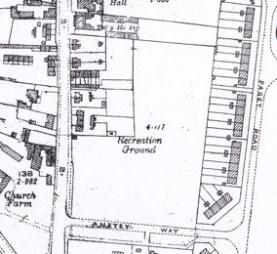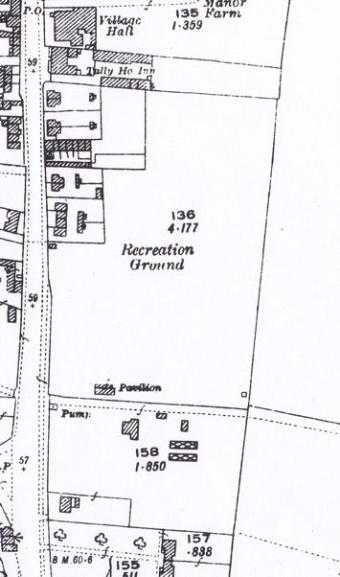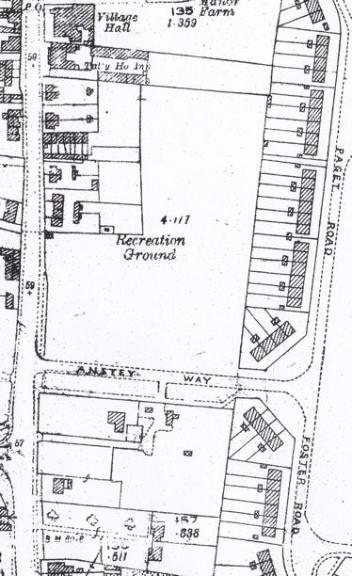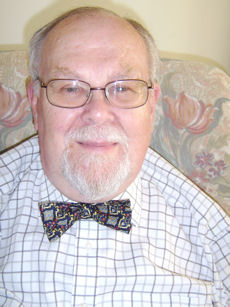David Stubbings
April 2011

The original Trumpington Recreation Ground on the east side of the High Street was still used in the 1940s until the Anstey Way shops and flats were built in the 1950s. See also the introduction to The Estate.
I remember the playing field, or “The Rec” as we knew it, during the war and after, to be of long, rough, unkempt grass and neglected, with no organised sport of any sort played on it. Indeed, when Mr Youngs wished to take the pupils of the Village School for games, we were taken into Trumpington Hall Park to a roughly level area in the middle to play rounders or cricket. Everyone was free to roam the Park in those days. A wooden building existed on the playing field, perhaps the pavilion, when I was still in the infant class at the Village School, but it was removed at some time (burnt down?), I know not when.


The Rec was used for two main events after the war, Trumpington Feast Funfair in early summer, and the Guy Fawkes Day bonfire. The former returned after a year or two of peace, and was set up at the end of each June. Messrs Silcocks arrived after Cambridge Midsummer Fair had ended and put up dodge’ems, a switch-back type roundabout and a number of sideshows, including a coconut shy, dart-throwing and penny flicking games, all for ‘prizes’. It was all very colourful, brightly lit, noisy with loud music and the rumble of generators, and exciting! It was very well attended. The first year it was there, my father knocked a coconut off at the shy, and disappointingly, was given a glass tumbler, as there were no real coconuts available after the war.
The fair arrived one Monday, opened mid-week and had left by early the next Monday morning. We boys went, as soon as it was gone, to the site of the penny flick stall where we would find several shillings-worth of pennies that had dropped to the ground and been left by the stallholder. We looked forward to the fair every year and to lining our pockets afterwards! I cannot remember when the final year that the fair set up. (When you think that in the 40’s a child’s bus fare to Cambridge was about 1-2 old pence with 12 pennies to 1 shilling, (5p in today’s money), it was worth it to search the sideshow’s spot!)
The second event was the Guy Fawkes bonfire, which was put together by local boys, on the Rec. There were rival bonfires, another one being on a field behind Bishop’s Road close to Shelford Road railway bridge. Each group was trying to build a bigger bonfire than the others. One source of good burnable material was at Smiths Brothers’ Carpenters in the High Street (close to where a petrol station was later erected), which was knee deep in thick shavings before 5 November from their ladder-making business, but all had gone afterwards. They were collected by the Bishop’s Road gang in a large handcart borrowed from Mr Gobey the builder. The other boys only had to carry them across The High Street.
We looked forward to Bonfire night for weeks, and when it came it was a free and easy, well-attended event at each location. There were none of the restrictions there are now, but grown-ups tried to ensure that their children behaved sensibly. The fireworks were rather small and pathetic by today’s standards, and even though sometimes ‘bangers’ were thrown about, I can recall no significant injuries occurring. Bonfires were held on 5 November only, except if it occurred on a Sunday, and not for days or even weeks on either side as at present. Throughout the village they were fun family events.
Apart from people walking their dogs and children playing, I can recall no other use being made of the Rec in those years: perhaps other people have better memories? At the end, the Rec was a wreck, with the road works for Anstey Way on one side, scrub invading from the other, and a burnt patch in the middle!
